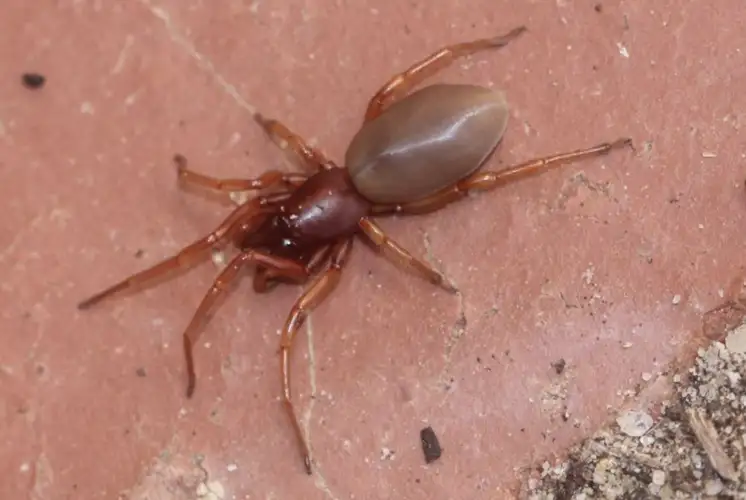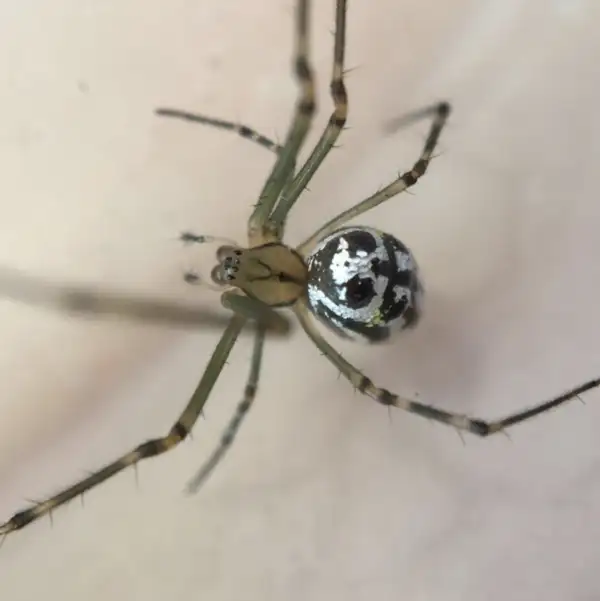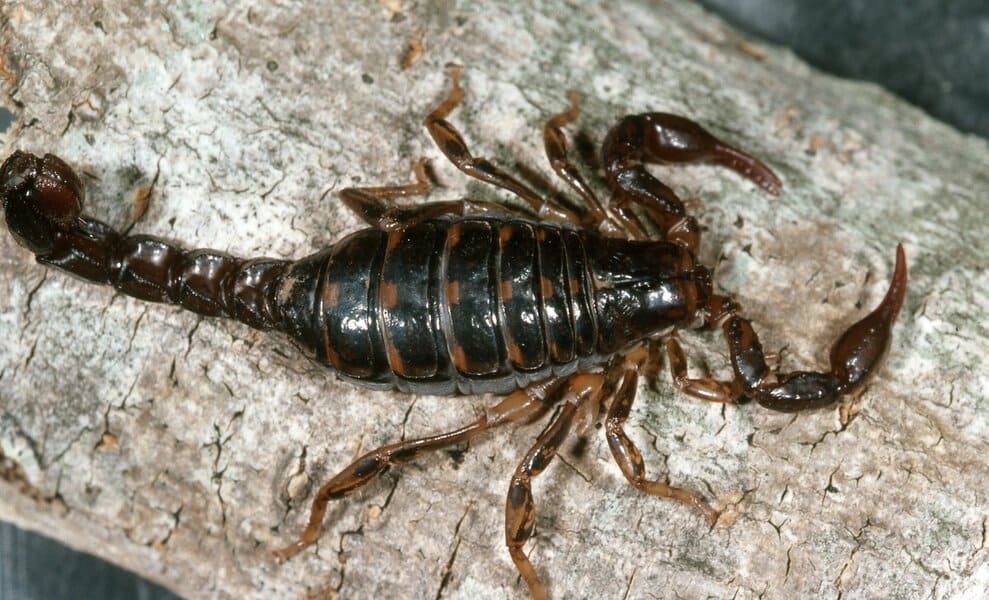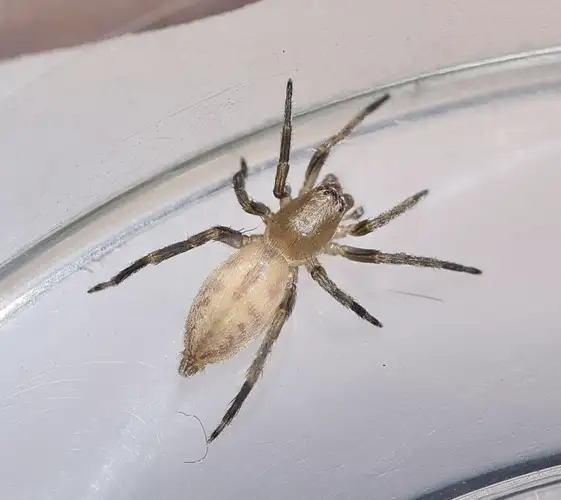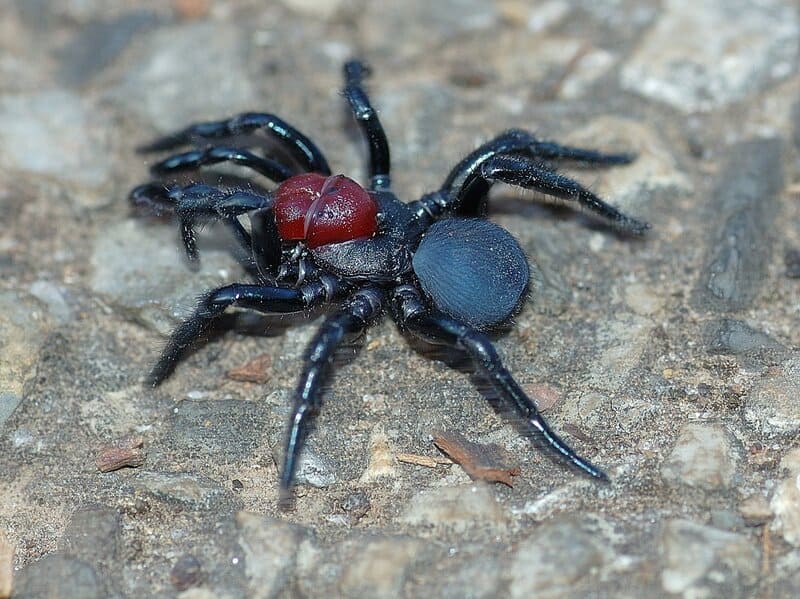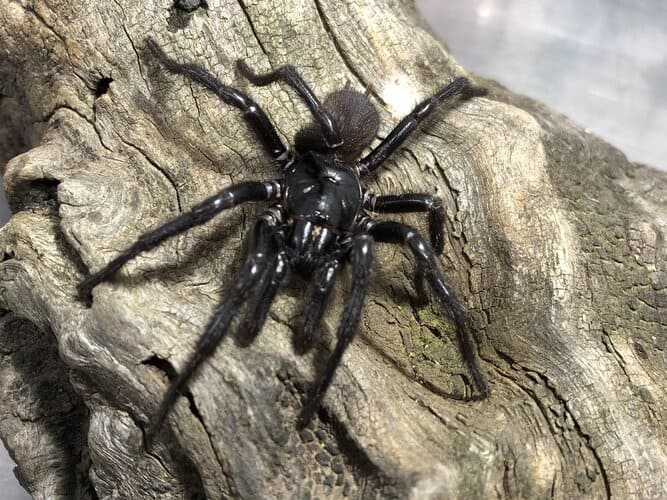Ground Spiders
IUCN
Not evaluatedBasic Information
Scientific classification
- name:Ground Spiders
- Scientific Name:Gnaphosidae (e.g. Gnaphosa spp.)
- Outline:Arthropoda
- Family:Gnaphosidae Gnaphosa
Vital signs
- length:Typically 5–20 mm body length
- Weight:From tens to a few hundred milligrams, depending on species and individual
- lifetime:About 1–2 years; some species overwinter
Feature
Nocturnal ground hunters; actively chase prey; venom mild to humans; contribute to pest control.
Distribution and Habitat
Leaf litter, soil, stones and low vegetation in grasslands, gardens, farmland margins and forest edges worldwide.
Appearance
Small‑ to medium‑sized spiders with somewhat flattened brown/grey bodies and subtle mottling; anterior spinnerets slightly protruding.
Details
Ground spiders are a broad group of mainly ground‑dwelling spiders, most commonly placed in the familyGnaphosidae. Rather than building large aerial webs, they hunt by running and ambush across soil, leaf litter and stones, where they prey on small insects and other arthropods. They are important “on‑foot hunters” in many grassland, farmland and garden ecosystems.
Basic Biology
Scientific scope: Family Gnaphosidae – ground spiders (e.g. Gnaphosa spp.)
Size: Typically small to medium, about 5–20 mm body length.
Longevity: Around 1–2 years; some temperate species survive one or more winters.
Ecology & Behaviour
Most ground spiders are nocturnal. By day they hide under stones, bark, debris or in short silk retreats; at dusk and night they roam in search of prey. They catch beetles, ants, juvenile crickets and other small arthropods using speed and relatively good vision rather than capture webs. Some species build short silk tubes or sheets as shelters at ground level.
Morphology
Many have a slightly flattened, elongate‑oval body with robust legs for running. Colours tend to be brown, grey or dark, often with subtle mottling that provides camouflage. In gnaphosid spiders the anterior spinnerets are somewhat cylindrical and can protrude, a helpful field character.
Venom & Human Interactions
Ground spiders possess venom to subdue prey, but bites to humans are usually minor, causing brief pain, redness or itching. They are shy and prefer to retreat rather than bite, and are not considered medically important in healthy people.
Ecological Role
By consuming many ground‑dwelling insect pests, ground spiders contribute to natural biological control in fields, lawns and gardens. Maintaining leaf litter, stones and other microhabitats, and limiting insecticide use, helps support their populations and overall arthropod diversity.
FAQ
Q1. Are ground spiders aggressive?
No. They generally avoid humans and bite only if trapped or heavily disturbed.
Q2. Are their bites dangerous?
For most healthy adults, bites are comparable to a mild insect sting; anyone with strong allergic reactions should seek medical advice.
Q3. Should I eliminate them from my garden?
Outdoors they are beneficial predators and usually best left alone. Indoors, they can be gently captured and released outside.
Q4. How do they differ from wolf spiders?
Both hunt on the ground, but ground spiders are often smaller with different eye patterns and spinneret shape, and belong to a different family.


